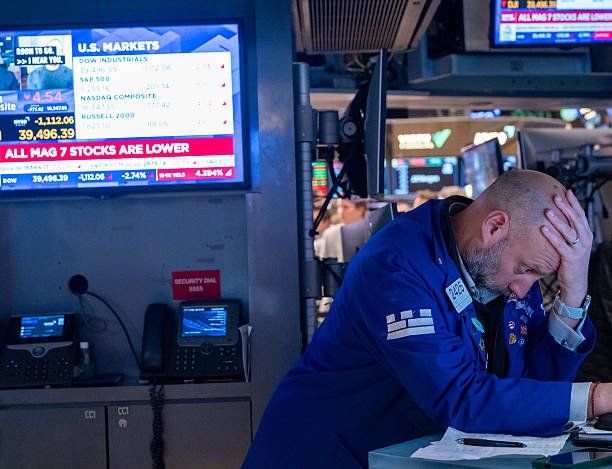Fields of Trouble: U.S. Farmers in the Crossfire of a Trade War
April 13, 2025
In the heartlands of America, the fields are vast, the crops are ready — and the future is uncertain.
As the trade war between the United States and China escalates, American farmers — many of whom were strong supporters of former President Donald Trump — are feeling the brunt of retaliatory tariffs and declining export demand. What began as a political strategy to rebalance trade has now evolved into a direct threat to rural economies across the Midwest and beyond.
The Toll on Agriculture
China, once the largest buyer of U.S. soybeans, wheat, and pork, has shifted its purchases to other countries like Brazil and Russia in response to U.S. tariffs. The result? Prices for key crops have dropped significantly, leaving farmers struggling to break even.
“We were promised that this would bring China to the table,” said Dave Miller, a soybean farmer in Iowa. “But all I see is my bins full of unsold beans and a bank account that’s drying up.”
According to data from the U.S. Department of Agriculture, American farm exports to China fell by over 40% during the peak of the trade standoff. In response, the government issued billions in aid packages to farmers — a temporary relief, critics say, rather than a solution.
Political Irony
What makes the situation more complex is that many of these affected farmers were among Trump’s most loyal voters in the 2016 and 2020 elections. His tough-on-China rhetoric resonated with rural voters, who viewed it as a long-overdue stand against unfair trade practices. But as the trade conflict dragged on, patience wore thin.
“We voted for strength, for change,” said Lisa Ramirez, a corn farmer from Nebraska. “But nobody told us that strength would come at our expense.”
A Shift in Strategy?
With new leadership in Washington and increasing pressure from farm lobby groups, the Biden administration has taken a more diplomatic approach. While some tariffs remain in place, there have been attempts to re-establish trade channels with China and diversify U.S. export markets.
Still, rebuilding trust with former trade partners — and with farmers themselves — will take time.
Looking Forward
Many farmers are adapting by exploring alternative markets, investing in sustainable practices, or shifting to different crops. Yet for thousands, the financial scars left by the trade war will not fade quickly.
“Farming has always been risky,” Miller adds, “but this was a man-made storm. And we’re still standing in the rain.”





